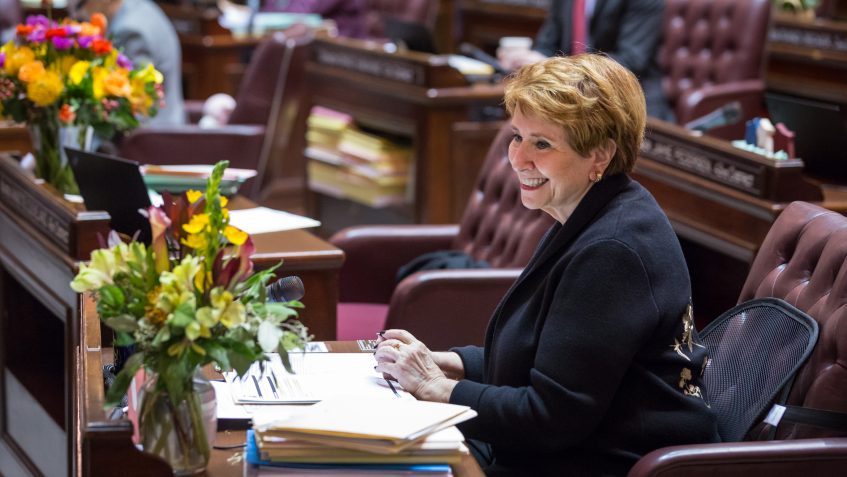A bill signed today by Gov. Jay Inslee increases funding for special education, paving the way for more inclusive learning environments.
Senate Bill 5091 was sponsored by Sen. Lisa Wellman (D-Mercer Island), who chairs the Senate Early Learning & K-12 Education committee. The additional special education funding comes at the request of parents, teachers and schools.
“We know that Washington’s special education students aren’t as successful as students in other states, and that is absolutely unacceptable,” Wellman said. “In order to make meaningful changes, including more inclusive learning environments, we must allocate additional funding to implement evidence-based practices.”
“Improving our special education practices will take more work in coming years, but the changes we made this year are a great step,” she added.
The bill includes a two-year phase in of increased special education funding, with schools receiving more money when they offer more inclusive learning environments.
During the 2019-20 school year, the state’s cost multiplier for special education funding increases from 0.9609 to 0.995. This multiplier would be applied to calculate the amount of general education funding that each student receives in a given school district. For example, in a school district with $1,000 in per pupil funding, the district would be allocated $1,995 for each special education student.
Beginning in the 2020-21 school year, the state’s cost multiplier would increase to 1.0075 for special education students learning in a general education environment for 80 percent or more of the school day. For example, in a school district with $1,000 in per pupil funding, the district would be allocated $2,007.5 for each special education student.
The state’s cost multiplier would remain at 0.995 for special education students learning in a general education environment for less than 80 percent of the school day.
School districts that demonstrate significant extra need beyond what they receive from this formula would be eligible for safety net funds.
In Washington, less than 4 percent of students with disabilities are identified as having an intellectual disability, and more than 90 percent have above average intellectual functioning, according to data from the Office of the Superintendent of Public Instruction. But only 55 percent are placed in general education for 80 to 100 percent of the day. For students of color, the number is even lower — only 47 percent.
“Evidence shows that students who are included in general education have better outcomes,” Wellman said. “We know that this takes more resources, but it’s what we should be working toward.”

